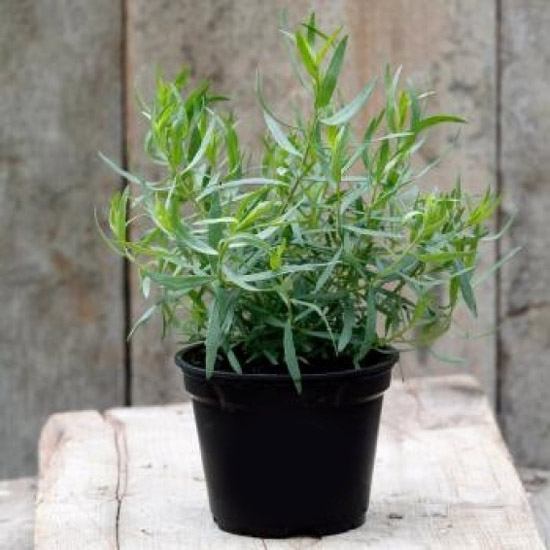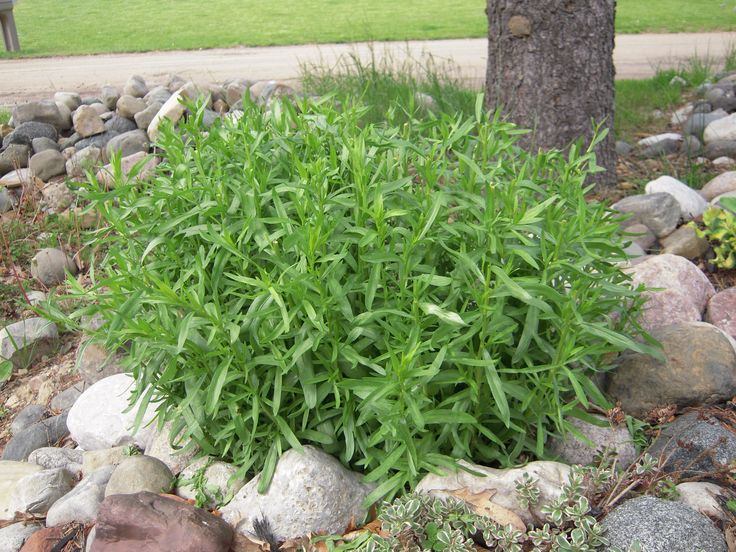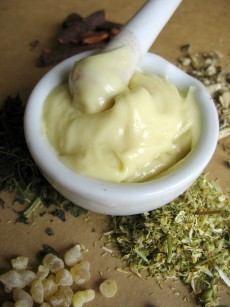We already know how to
grow tarragon on a windowsill
. But how can we properly apply it with
health benefits
? I will tell you how to use tarragon in medicine.

Tarragon in Medicine
In Tibetan medicine, tarragon is used in tinctures to treat tuberculosis, pneumonia, bronchitis, and neurasthenia. Such a tincture has a mild laxative and antipyretic effect.
Treatment with tarragon as part of herbal mixtures includes its use for olfactory disorders and as an immunostimulant. Tarragon infusion has a general strengthening effect and a mild diuretic effect for cystitis.
Tarragon wine stimulates appetite and gastric juice production. Tarragon strengthens blood vessel walls.

In Indian medicine, tarragon is especially valued for its high vitamin content and anti-scurvy properties. Persian medicine appreciated tarragon for its ability to normalize the menstrual cycle and settle the stomach after overeating. Tarragon roots effectively relieve toothaches.
Tarragon is a strong anti-inflammatory agent and a natural antiseptic. Tarragon tea invigorates - its taste is refreshing and not bitter.
It is also known as an anthelmintic agent due to its alkaloids.
Treatment with Tarragon
Recipes:
Tarragon Tincture: Steep 1 tablespoon of dried crushed herbs in a cup of boiling water. Let it infuse for 1-2 hours, strain, and take one-third of a cup three times a day for increased fatigue and avitaminosis.
Tarragon Ointment (Method 1): Mix 20 g of powdered herb with 100 g of softened butter, cook over low heat, stirring thoroughly, and let it cool. Store in a cool place. Apply this ointment to the gums for stomatitis, gingivitis, and periodontitis. Lanolin can be used instead of butter.
Tarragon Ointment (Method 2): Mix powdered tarragon and honey in a 1:3 ratio thoroughly and use it for dermatitis and eczema, sciatica.
Essential oil of tarragon is popular in aromatherapy.



